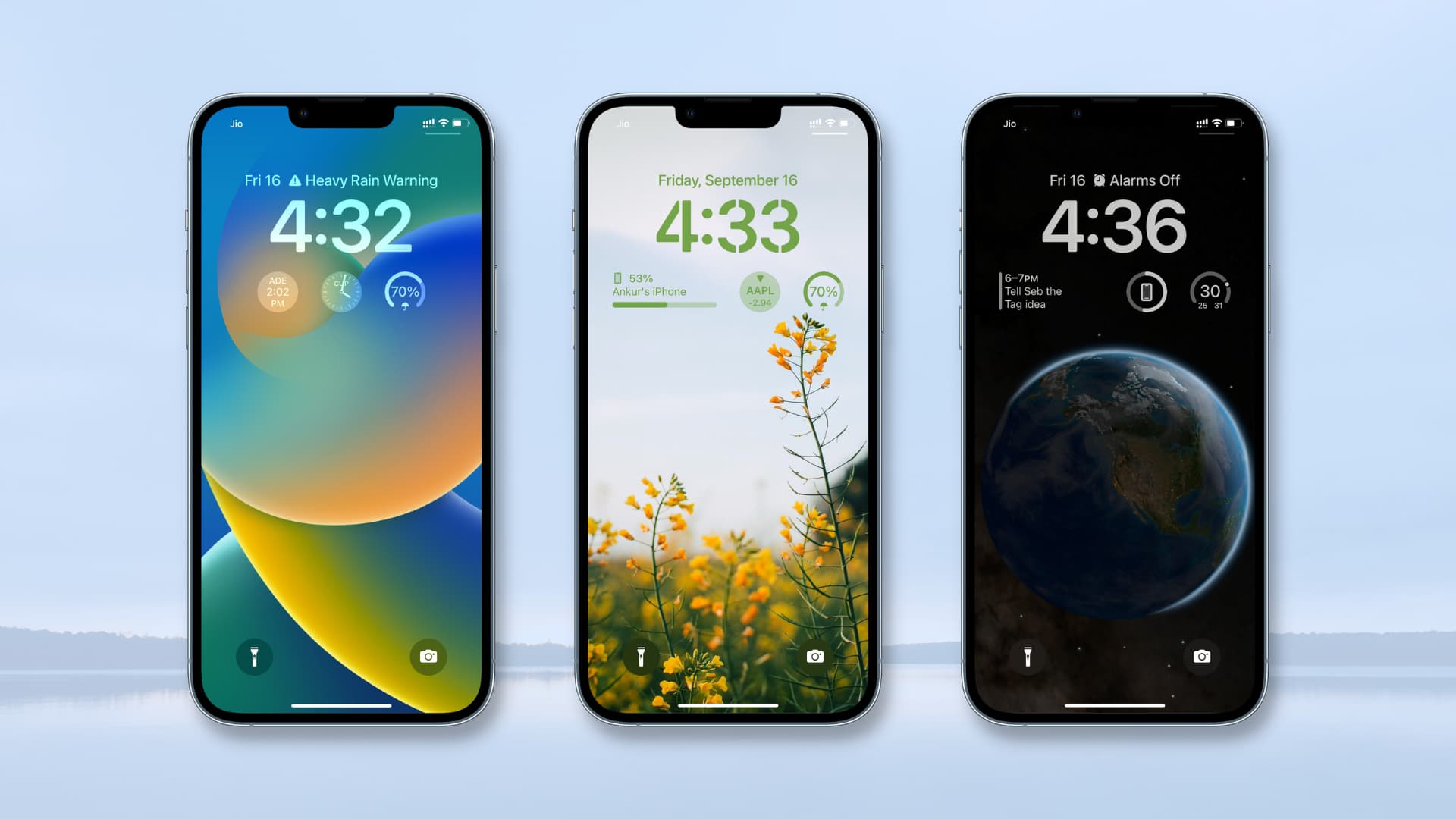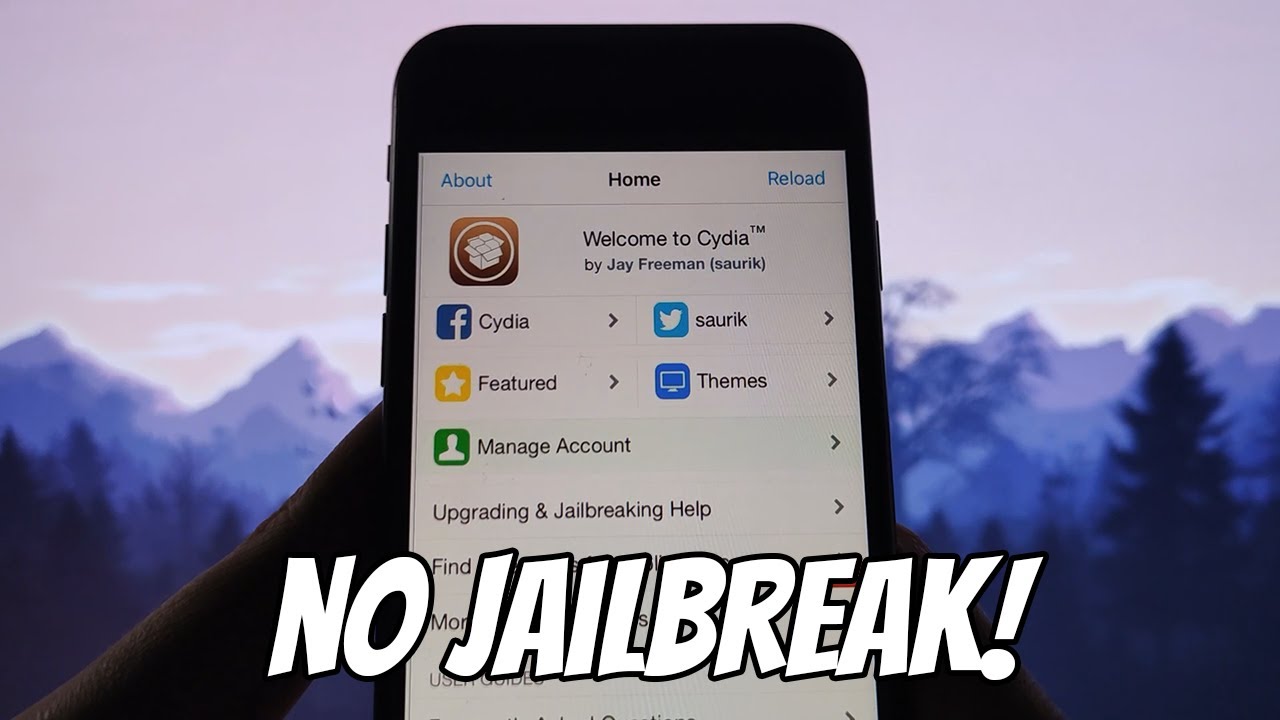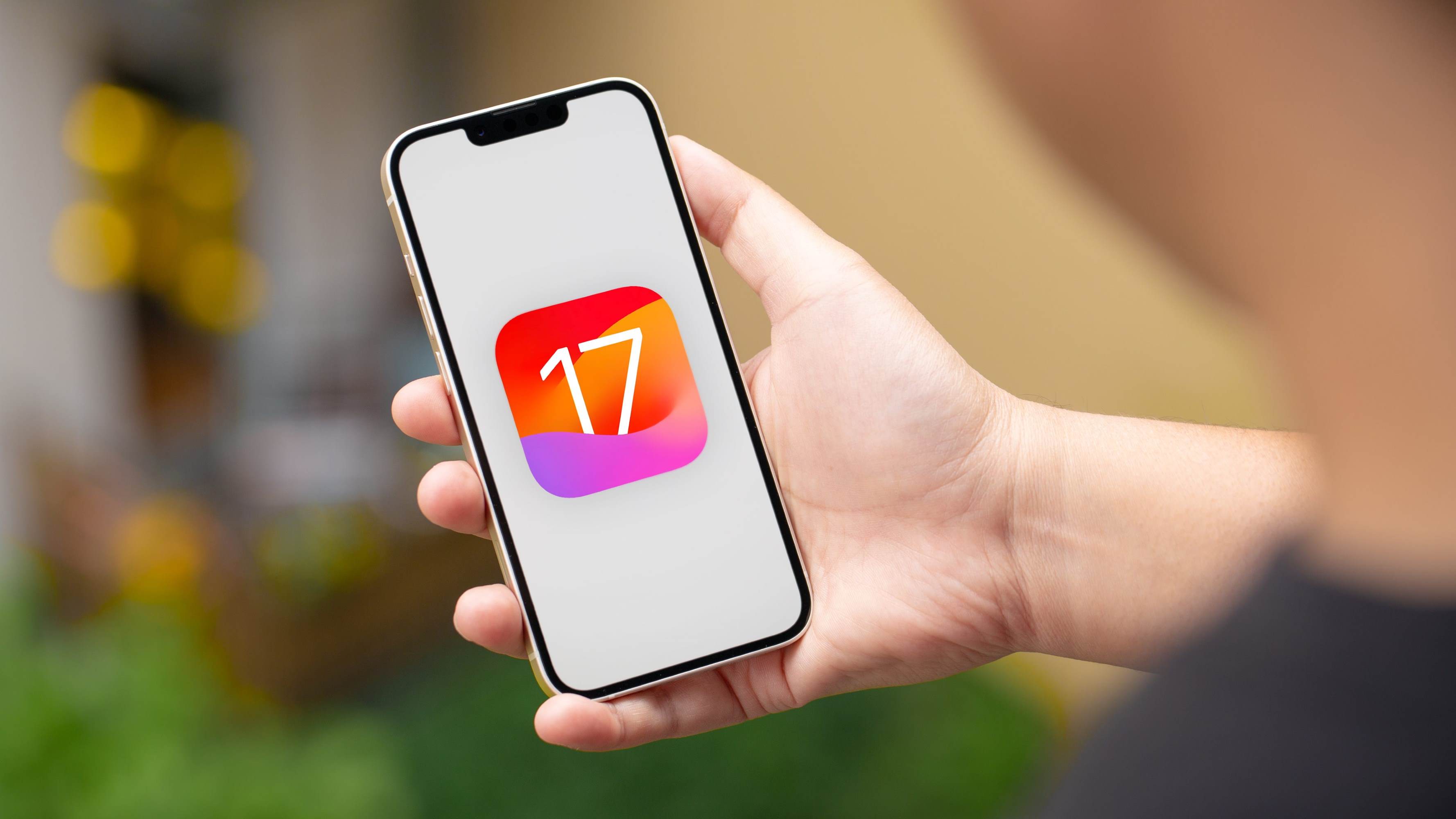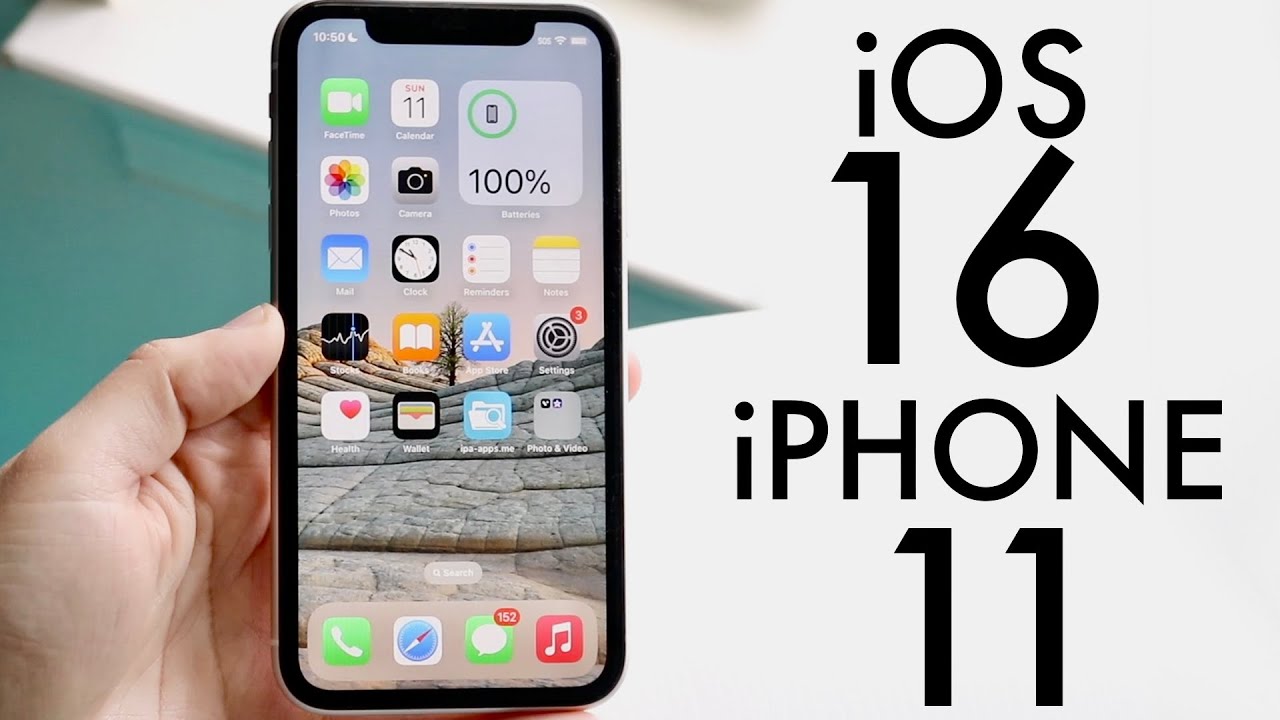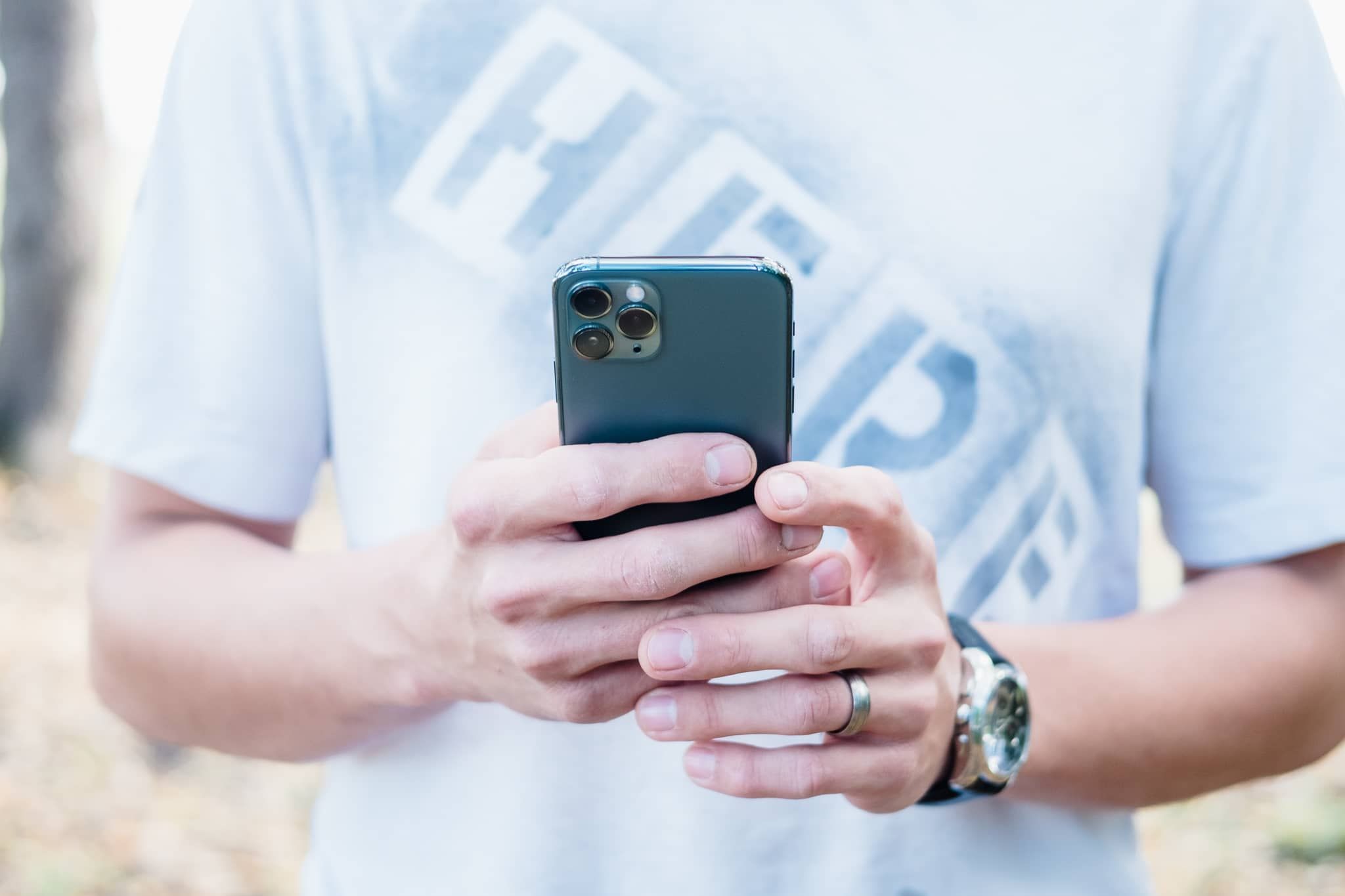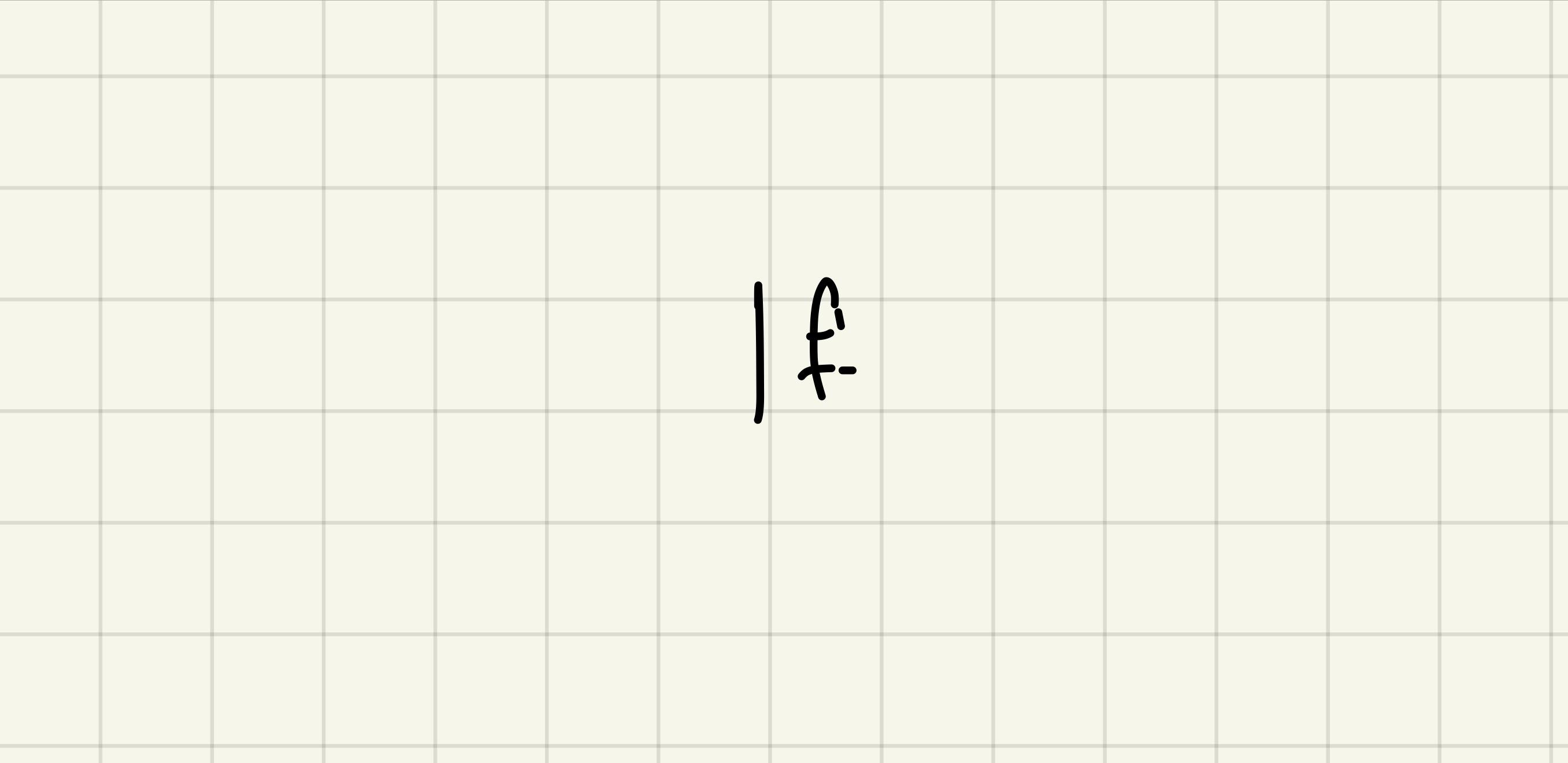Introduction
Welcome to the world of widgets on your iPhone! With the latest updates to iOS, Apple has introduced a whole new way to personalize and enhance your home screen experience. Widgets are small, interactive applications that provide quick access to information, tasks, and updates without the need to open a specific app. They offer a convenient way to stay informed, organized, and efficient, right from your home screen.
Whether you’re a multitasker seeking productivity tools or someone who enjoys staying up-to-date with the latest news and weather, widgets have got you covered. In this article, we will walk you through the step-by-step process of downloading widgets on your iPhone, as well as customizing and arranging them to suit your preferences.
Widgets are available through the App Store, and the selection is constantly expanding, offering a wide range of options to choose from. From weather widgets to fitness trackers, calendars to music players, there’s a widget for almost every need and interest.
So, if you’re ready to take your iPhone experience to the next level, let’s dive into the world of widgets and discover how to download, customize, and arrange them on your home screen.
Step 1: Open the App Store
To begin your widget journey, you’ll first need to open the App Store on your iPhone. The App Store is where you can find and download various apps, including widgets, that are compatible with your device.
Finding the App Store is as easy as locating the blue icon labeled “App Store” on your home screen. Once you spot the icon, tap on it to launch the App Store.
The App Store will open to the featured tab, showcasing popular and recommended apps. To proceed with downloading widgets, we’ll need to navigate to the dedicated “Widgets” section.
At the bottom of the App Store window, you’ll find a series of tabs labeled “Today,” “Apps,” “Games,” and “Updates”. Swipe left or right until you locate the “Apps” tab, then tap on it to enter the app section.
Once you’re in the “Apps” section, you may need to scroll down to find the “Widgets” option. Alternatively, you can tap on the search icon (magnifying glass) at the bottom-right corner of the screen and type “widgets” in the search bar at the top. This will quickly direct you to the “Widgets” section.
Now that you’ve successfully reached the “Widgets” section in the App Store, you’re one step closer to discovering and downloading the perfect widgets to enhance your home screen. In the next step, we’ll explore how to search for a specific widget or browse through the available options.
Step 2: Search for a Widget
Now that you’re in the “Widgets” section of the App Store, it’s time to start exploring the vast array of widgets available for your iPhone. You have two options when it comes to finding a widget: searching for a specific widget or browsing through the available options.
If you already have a specific widget in mind that you’d like to download, you can use the search bar at the top of the screen in the “Widgets” section. Tap on the search bar and type in the name of the widget you’re looking for.
The App Store will then display relevant results based on your search query. Scroll through the search results and find the widget that suits your needs. Once you’ve found the desired widget, tap on it to view more details about the widget.
If you’re open to exploring different widgets and discovering new ones, you can browse through the curated collections or the “Top Charts” section in the “Widgets” tab. These sections showcase popular and trending widgets, making it easier for you to find widgets that may interest you.
Within the “Widgets” section, you may also find featured collections that highlight widgets based on specific themes or categories. This can be a great way to discover widgets that align with your interests, whether it’s productivity, fitness, weather, or entertainment.
Take your time to browse through the available widgets, reading the descriptions and reviews to get a better understanding of how each widget works and what it offers. Pay attention to user ratings and feedback to ensure you download a widget that’s reliable and well-received by the community.
Once you’ve found a widget that catches your interest, it’s time to move on to the next step: downloading the widget to your iPhone. We’ll guide you through the process in the following step.
Step 3: Select and Download the Widget
After you’ve found the perfect widget in the App Store, it’s time to bring it to your iPhone by downloading it. The downloading process is quick and straightforward, so let’s get started.
When you’re viewing the details of a specific widget, you’ll see an overview of its features, screenshots, and user reviews. Take a moment to read through this information to ensure the widget meets your expectations.
Below the widget’s description, you’ll find a button labeled “Get” or “Download”. Tap on this button to initiate the download process. You may be prompted to provide your Apple ID password or use Touch ID/Face ID for authentication, depending on your device settings.
Once you’ve successfully authenticated, the download process will begin, and you’ll see a progress bar indicating the status of the download. Depending on the size of the widget and the speed of your internet connection, the download may take a few moments to complete.
Once the download is finished, the “Get” or “Download” button will change to a button labeled “Open”. This indicates that the widget has been successfully downloaded and is now ready to be used.
However, it’s important to note that downloading a widget doesn’t automatically place it on your home screen. The widget will be accessible through the dedicated “Today View” or “Widget Gallery” section, but we’ll cover how to add it to your home screen in the next step.
Now that you know how to select and download a widget from the App Store, let’s move on to the exciting part: adding the widget to your home screen and customizing it to suit your preferences.
Step 4: Add the Widget to the Home Screen
Now that you have downloaded the widget from the App Store, it’s time to add it to your home screen for quick and easy access. Adding widgets to your home screen allows you to view and interact with them without having to open any apps.
To add a widget to your home screen, start by long-pressing on any empty space on your home screen. This will trigger the “Edit Home Screen” mode, where you can customize and rearrange your apps and widgets.
In the top-left corner of the screen, you’ll see a “+” button. Tap on this button to open the widget gallery and view all the available widgets on your iPhone.
Scroll through the list of widgets until you find the one you just downloaded. Tap on the widget to select it.
Now, you can choose from the different widget sizes available for that specific widget. Swipe left or right to navigate through the widget sizes and choose the one that fits your preference.
Once you’ve selected the desired widget size, tap on the “Add Widget” button to add it to your home screen.
The widget will now appear on your home screen, but its exact placement may vary based on your current app and widget layout. You can drag and drop the widget to your desired location on the home screen.
You can also use the handles on the sides of the widget to resize it or move it to a different location if needed.
Feel free to experiment with different widget placements and sizes until you achieve the desired look and functionality on your home screen.
Remember that you can add multiple widgets to your home screen, so don’t hesitate to explore and download other widgets that you find useful or interesting.
Now that you have successfully added the widget to your home screen, let’s move on to the next step: customizing and arranging the widgets to create a personalized experience.
Step 5: Customize and Arrange Widgets
Now that you have added widgets to your home screen, it’s time to customize and arrange them to create a personalized and efficient layout.
To customize a widget, start by long-pressing on the widget you want to modify. This will activate the editing mode for widgets, allowing you to make adjustments.
Depending on the widget, you may have various customization options available. For example, a weather widget may allow you to choose the location to display the weather for, while a calendar widget may let you select which calendars to show events from.
To access these customization options, tap on the “Edit Widget” or “Customize Widget” button that appears when you enter the editing mode.
Once you’ve made the desired changes to the widget, tap on the “Done” or “Save” button to save the customization and exit the editing mode.
In addition to customizing individual widgets, you can also arrange them on your home screen to create a visually pleasing and functional layout.
To rearrange widgets, simply long-press on a widget and then drag it to the desired location on the screen.
You can also move widgets between different home screen pages by dragging them towards the edge of the screen until the page changes.
Furthermore, you can stack multiple widgets together to conserve space on your home screen and easily access related information. To create a stack, drag one widget on top of another, and they will merge into a single stack.
You can swipe up or down on a widget stack to view the widgets within it, and tap on a widget to expand it for more detailed information.
Remember to experiment and find the arrangement that works best for you. You can always make adjustments and fine-tune your widget layout over time.
By customizing and arranging widgets on your home screen, you can create a personalized and efficient setup that provides quick access to the information and functionality you need most.
Now that you’ve learned how to customize and arrange widgets, you’re ready to make the most of this exciting feature on your iPhone.
Conclusion
Congratulations! You’ve successfully learned how to download, customize, and arrange widgets on your iPhone. With widgets, you can now personalize your home screen, stay organized, and access important information at a glance.
The App Store offers a wide range of widgets for various purposes, from productivity tools to entertainment and everything in between. Take the time to explore the selection and find widgets that align with your interests and needs.
Remember, the process of adding widgets to your home screen is simple. Open the App Store, search for your desired widget, download it, and then add it to your home screen through the widget gallery. From there, you can customize and arrange the widgets to create a layout that suits your preferences.
Make sure to regularly check for updates and new widgets in the App Store to discover even more ways to enhance your iPhone experience. Widgets provide a convenient and efficient way to access information and perform tasks without having to open specific apps.
So, go ahead and start creating a home screen that reflects your style, interests, and needs. Remember to experiment, rearrange, and customize your widgets until you find the perfect setup for you.
Enjoy the benefits of widgets and make the most out of your iPhone with the power of personalization at your fingertips!







